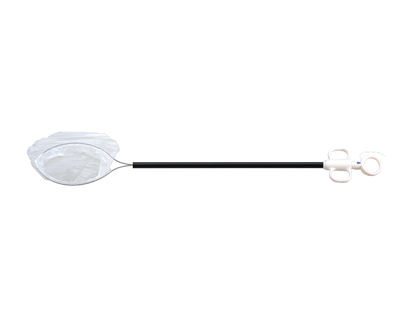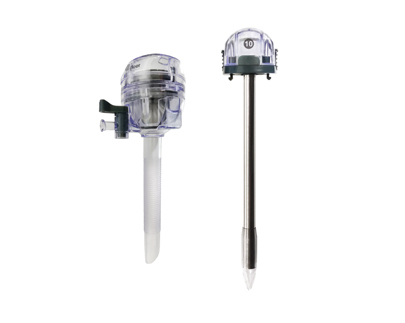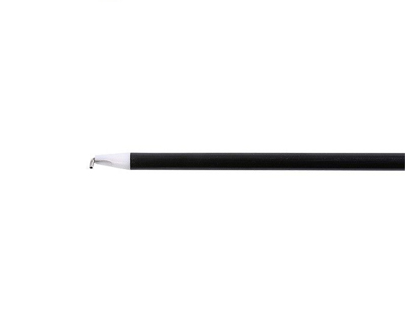Laparoscopic Equipment Maintenance Method
Laparoscopic surgery is a form of surgical operation that is highly dependent on instruments and equipment. Compared with general instruments, laparoscopic surgical equipment has stricter requirements for use, maintenance and management. In order to ensure the smooth operation of the operation and maximize the service life of the equipment, it is very important to strengthen the use, maintenance and management of laparoscopic equipment.
Laparoscopic equipment is a precision surgical instrument that integrates modern electronics, optics and instruments. The operation is carried out in a closed body cavity, and the doctor mainly relies on the images on the monitoring screen to carry out the operation. Therefore, in order to successfully implement laparoscopic surgery and avoid surgical complications, in addition to the technical level of the operator, it also depends to a large extent on the quality and performance of surgical equipment and instruments.
Maintenance of laparoscopic instruments
First, the performance of various instruments should be carefully tested before the operation. The power must be turned on before the instrument is used, and then the switch of the instrument should be turned on. After use, you should turn off the switch of the instrument first, and then turn off the power supply, so as to avoid sudden power failure caused by long-term use, thereby damaging the electrical appliance. When using the cold light source, the brightness knob must be returned to zero, and then the power is turned off, so as to avoid the brightness of the cold light source being too large when the power is suddenly turned on next time, which will cause the bulb to burn out.
Second, the lens, mirror surface and cold light source should be carefully protected during the operation, so as to avoid collision and damage, resulting in blurred lens, thus affecting the clarity. Cameras, cold light sources, coagulation lines, etc. should be wiped dry with soft and absorbent gauze after surgery, but cannot be folded. The third is to do a good job of registering the use of the equipment after surgery, carefully fill in the use of the equipment and the time of use for each operation, and the operating doctor and the surgical nurse should sign in time to track and record the changes in the entire process of using the equipment in the hospital.
Maintenance of laparoscopic instruments
First, pay attention to protect the eyepiece. The mirror surface should be wiped with special lens cleaning paper or silk cloth. After use, a protective cap should be put on and put back in the fixed position in the special box to avoid collision or wear on the mirror surface, resulting in blurred lenses. unclear, affecting clarity. Second, the equipment should be handled with care, and should be withdrawn in time after use. 3. After the operation, the blood stains on the surface of the instrument should be washed with running water. The shaft joints that can be removed should be disassembled as much as possible. After the jaws are opened, they should be brushed with a small toothbrush. Rinse the blood stains inside, and then put it into the ultrasonic instrument cleaning machine with multi-enzyme solution for 10 minutes, so as to completely eliminate all kinds of organic substances in joint gaps, inner walls of pipes, and instrument surfaces, and then wash the multi-enzyme solution on the instrument with running water. Dirt, and finally use an air gun to connect oxygen or compressed air to dry the instrument to prevent rust.
Management experience with laparoscopic equipment
Purchase of laparoscopic equipment: try to purchase equipment that is durable, simple to load and unload, and easy to clean. For vulnerable and commonly used parts and instruments, there should be a certain amount of inventory for timely replacement or addition.
Daily management of laparoscopic equipment: The complete set of laparoscopic equipment should be placed in a special multi-layer shelf that is flexible and stable, and different sets of equipment and instruments should not be used interchangeably, and should be placed as fixed as possible in special operations. time to avoid damage caused by device movement. After each use, the nurse should clean the equipment and put it in a special equipment box, carefully record the use, and report any abnormality in time.



